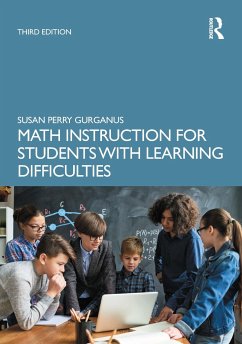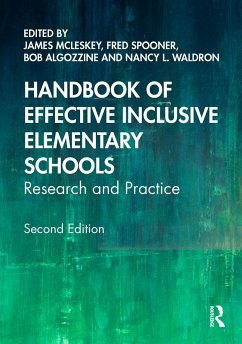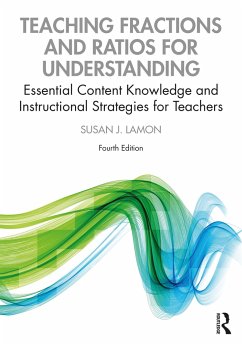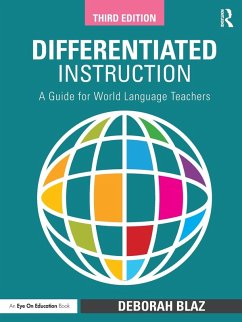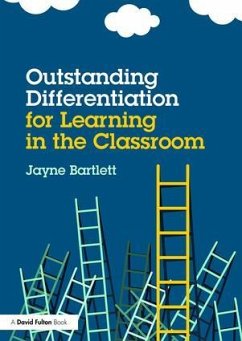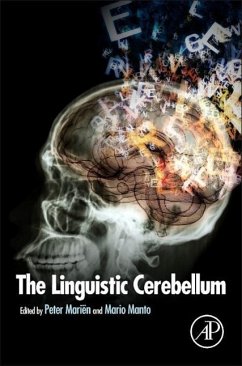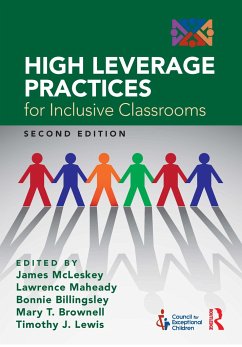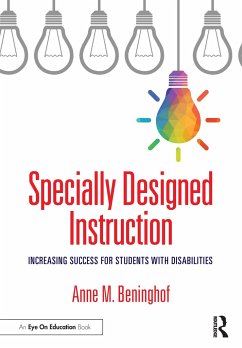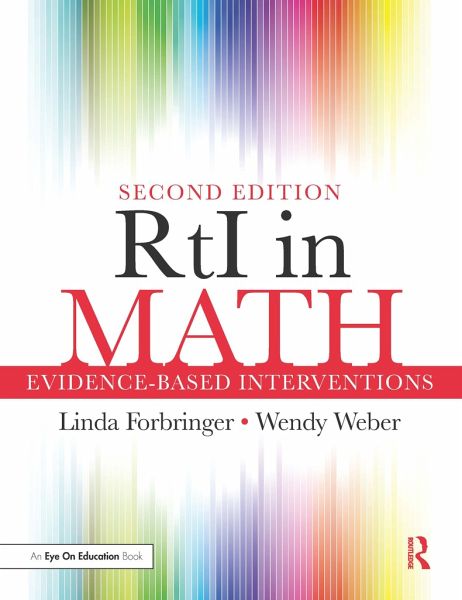
RtI in Math
Evidence-Based Interventions
Versandkostenfrei!
Versandfertig in 6-10 Tagen
34,99 €
inkl. MwSt.

PAYBACK Punkte
17 °P sammeln!
Learn how to help K-8 students who struggle in math. Now in its second edition, this book provides a variety of clear, practical strategies that can be implemented right away to boost student achievement. Discover how to design lessons that work with struggling learners, implement math intervention recommendations from the Institute of Education Sciences Practice Guides, the National Center on Intensive Intervention, and CEC, use praise and self-motivation more effectively, develop number sense and computational fluency, teach whole numbers and fractions, increase students' problem-solving abi...
Learn how to help K-8 students who struggle in math. Now in its second edition, this book provides a variety of clear, practical strategies that can be implemented right away to boost student achievement. Discover how to design lessons that work with struggling learners, implement math intervention recommendations from the Institute of Education Sciences Practice Guides, the National Center on Intensive Intervention, and CEC, use praise and self-motivation more effectively, develop number sense and computational fluency, teach whole numbers and fractions, increase students' problem-solving abilities, and more! This edition features an all-new overview of effective instructional practices to support academic engagement and success, ideas for intensifying instruction within tiered interventions, and a detailed set of recommendations aligned to both CCSSM and CEC/CEEDAR's High-Leverage Practices to help support students struggling to meet grade-level expectations. Extensive, current examples are provided for each strategy, as well as lesson plans, games, and resources.





